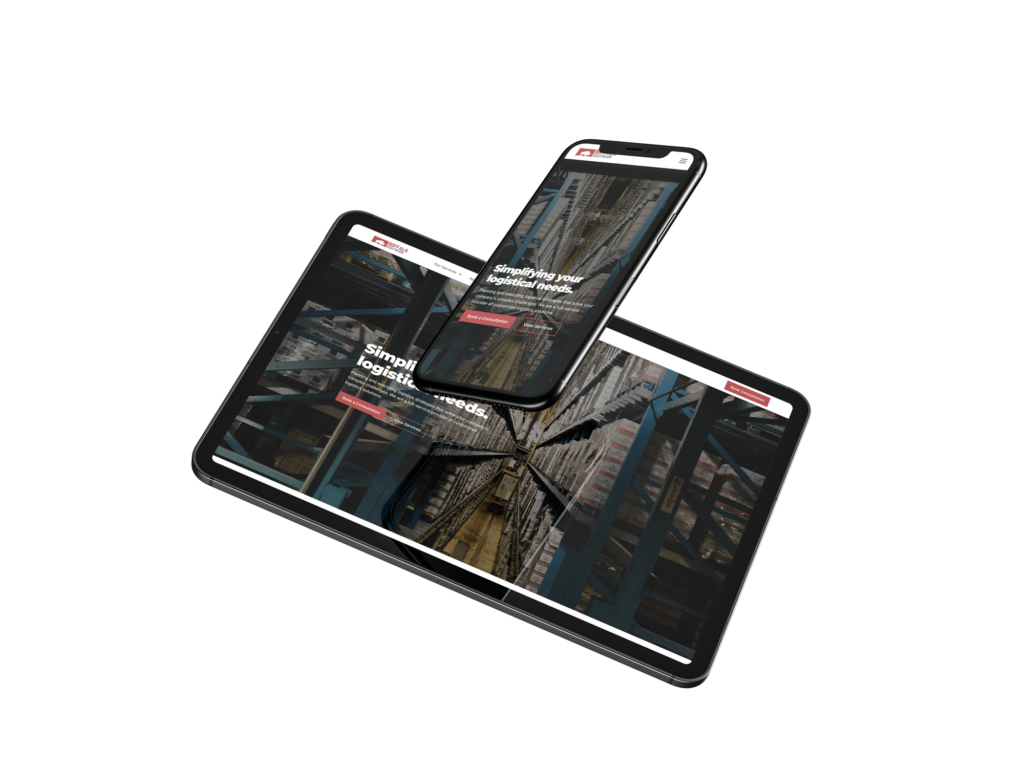Both the artist and the client need to have a Graphic Design Intellectual Property (IP) Agreement to protect their rights and responsibilities. If you’re a designer or a client in Clearwater looking for skilled graphic design, knowing what makes up an IP agreement can help you avoid legal problems and set clear boundaries.
This blog post will explain the important parts of a graphic design intellectual property agreement, why they’re important, and how working with a reliable web design company like Web Designer can help you deal with the complicated worlds of design and intellectual property.
Why Is a Graphic Design Intellectual Property Agreement Important?
Before diving into what such agreements should include, let’s understand their significance:
- Clarifies Ownership: It makes it clear who owns the final design, so there is no confusion.
- Protects Both Parties: Both designers and clients are legally protected in case of disputes.
- Establishes Usage Rights: It outlines how, where, and for how long the design can be used.
- Mitigates Legal Risks: With a clear agreement, potential lawsuits can be avoided.
Key Elements of a Graphic Design Intellectual Property Agreement
1. Ownership Rights
This section specifies who owns the design after completion.
- Designer Ownership: The creator owns the work and gives the client permission to use it.
- Client Ownership: The client owns the design upon full payment.
Clear ownership terms are critical, especially for long-term usage or rebranding efforts.
2. Usage Rights and Restrictions
This outlines how the design can be used. Common usage terms include:
- Commercial or personal use.
- Exclusive or non-exclusive rights.
- Restrictions on alterations or modifications.
If your business is looking for graphic design in Clearwater, making sure the usage terms are clear can help protect your brand.
3. Scope of Work
This defines what the project entails, including:
- Number of deliverables (e.g., logos, brochures, web assets).
- Deadlines for each deliverable.
- Revisions included in the contract.
4. Compensation and Payment Terms
Financial clarity is essential. This section should cover:
- Project cost and payment schedule.
- Penalties for late payments.
- Additional fees for revisions or scope changes.
5. Confidentiality and Non-Disclosure
You must not share any sensitive business information during the job with anyone else. Because of this rule, neither party can use or share information without permission.
6. Termination Clause
This outlines conditions under which the agreement can be terminated, including:
- Breach of contract.
- Failure to meet deadlines.
- Unresolved payment issues.
7. Dispute Resolution
This section details how disputes will be handled, such as:
- Mediation or arbitration.
- Jurisdiction for legal proceedings.
- Liability limitations.
How a Clearwater Web Design Company Can Help
When you work with a web design company, like Web Designer, on graphic design, they make sure that all IP deals are:
- Comprehensive and legally sound.
- Tailored to the needs of Clearwater businesses.
- Structured to protect your business’s unique branding and digital assets.
It’s nice to know that your ideas and rights are safe when you work with people who know how important intellectual property is.
Tips for Drafting a Strong Graphic Design IP Agreement
- Use Clear Language: Avoid legal jargon; make terms simple and understandable.
- Consult a Legal Expert: A lawyer can ensure compliance with local laws.
- Customize the Agreement: Since each job is different, make sure the agreement fits those needs.
- Update as Needed: Rewrite the agreement to represent changes in the project’s needs.
Common Mistakes to Avoid
- Vague Terms: Unclear clauses can lead to disputes.
- Ignoring Future Use: Conflicts can happen if you don’t talk about usage rights for future applications.
- Lack of Confidentiality Clauses: This can lead to sensitive information being leaked.
Conclusion
It is important for both designers and customers to have a well-written graphic design intellectual property agreement to protect their rights. When you work with a web design company or a freelance graphic designer, make sure your agreement is clear and backed by the law. This will help your working relationship go smoothly.
In your opinion, what is the most important part of a graphic design IP agreement? Write what you think in the comments below.

